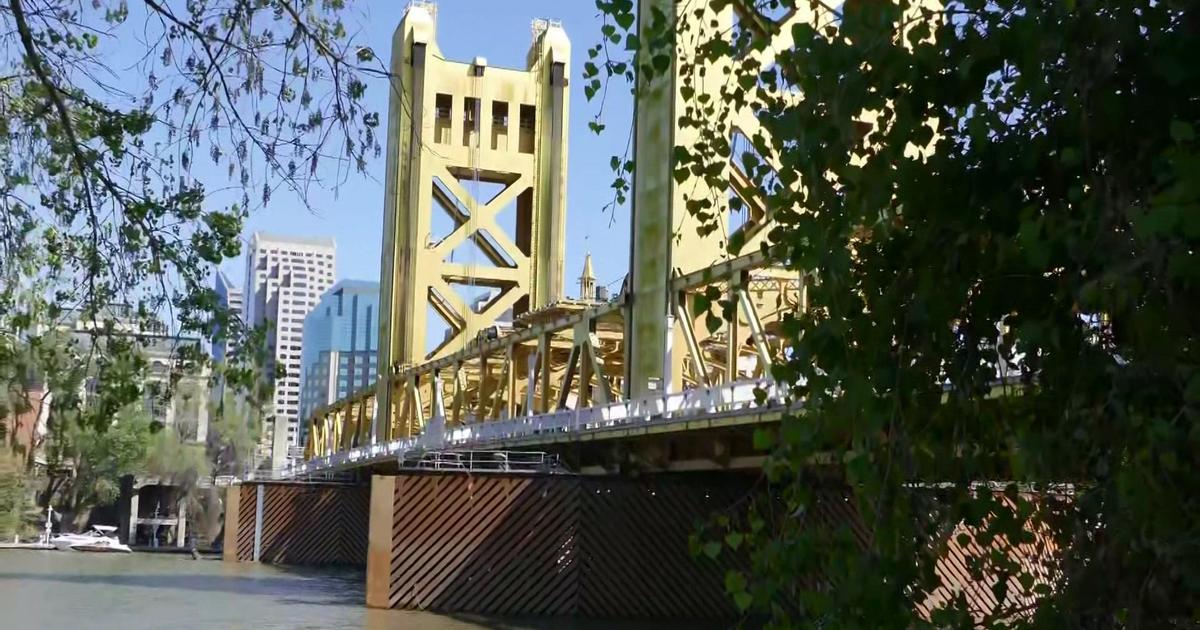Dutch Student To Launch System Where Oceans Clean Themselves
SACRAMENTO (CBS Sacramento) -- A Dutch student is revolutionizing the way we think about ocean clean-up after planning to launch the first global system for cleaning the world's ocean.
Quartz reports that in 2011, 16-year-old Boyan Slat noticed ocean waste and came to discover that the up to eight million tons of plastic that are thrown into the ocean are mostly not biodegradable. This sad reality is life-threatening to marine mammals and a huge factor in causing financial damage and health risks to humans.
Plastic waste is carried by oceans in huge systems of rotating water currents, called gyres. The largest of these is the North Pacific Subtropical Gyre, spanning over 20 million square kilometers. It was once estimated by environmentalist Charles Moore that it would take 79,000 years to clean this gyre with a fleet of ships.
Boyan starting researching these gyres and devised a plan. The shipless system would consist of floating barriers anchored to the bottom of the sea catching debris from currents and letting sea life pass underneath.
It was only a matter of time until the student's hypothesis garnered the attention of the public after posting a video presenting the system on YouTube. The video has over 2 million views since it was uploaded in 2013. Even more impressive is the more than $2 million dollars raised for the project in over 160 countries. Boyan is currently working with researchers from engineering, physical oceanography, ecology, finance, maritime law, processing and recycling to make his idea come to life.
Boyan says that the system has not been welcomed by all without concerns.
"Critics think there is a high danger that cleaning up parts of the plastic might lead to the impression that a reduction of plastic garbage and influx into the oceans isn't all that necessary," now 20-year-old Boyan tells Quartz.
"My answer is that it is of course essential to prevent more plastic from reaching the oceans in the first place, but that is not a solution for the plastics already trapped in the currents of the gyres."
After a 2014 feasibility study, the project continues to flourish. A research expedition that will involve up to 50 boats to collect plastic measurements is planned for August 2015. Through this expedition, Boyan and his team hope to create the first high-resolution map of where the plastic is dispersed throughout the Pacific Ocean.
Following the expedition, the next step will be the launch of 1.2 mile long floating structure somewhere between Japan and Korea. It's projected to be constructed in 2016 with the aim of catching plastic trash.
This is particularly significant step as the outcome will decide the future of a 62-mile system between Hawaii and California. The structure is planned to launch in 2020 and Boyan says it could be expected to clean up about half of the area's waste within the next 10 years.
"Our ambition is still the same," Boyan tells Quartz. "Cleaning the oceans from plastic."



